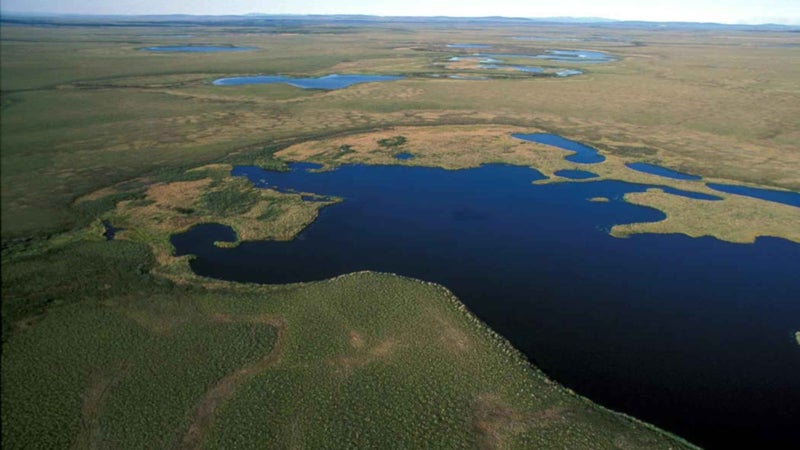by ProPublica and found that coastal Louisiana, which in the past 80 years has lost 2,000 miles of land to the Gulf of Mexico, stands to lose much more than wetlands and at a much faster rate than previously thought. The drowning of this coastline—at a rate of 16 square miles per year—will not only erase species, environments, and a rich Louisiana culture from the map, but also affect those well beyond the bayous.
According to ProPublica, the National Oceanic and Atmospheric Administration (NOAA) believes as much as 4.3 feet over a landscape with an average elevation of three feet—. Wetlands that took 7,000 years to evolve—and are and shipping—could be underwater in the next 50 years, leading to “one of the greatest environmental and economic disasters in the nation’s history … so far unabated and largely unnoticed.”
By the numbers, the area of Louisiana bayou under threat houses , 40 to 45 percent of the nation’s wetlands, a port vital to 31 states and a watershed vital to seven, and two million people.
It’s no secret that . The 2014 National Climate Assessment suggests coastlines will rise between one and four feet by 2100. Louisiana hasn’t been exempt from the trend, and visibly so—two years ago, NOAA and can’t say how recently they disappeared.
The process through which the Louisiana bayou became an economic linchpin is also the reason it’s sinking.
The delta was created over thousands of years by the slow buildup of detritus, or dead leaves absorbed into the soil. The resulting nutrient-rich wetlands were kept in check by the seas that wash away excess dirt; in times of drought, the land sinks because this soil becomes concentrated and heavy. As people moved into the bayou, they dismantled wetlands by engineering the Mississippi River for commerce, building levees to protect against floods from that same river, and drilling into oil reserves found beneath the winding sediment.
With levees cutting off access to sea currents that keep the ground from sinking into bedrock, the oil industry weighing down wetlands with soil dredged from canals, and wetlands that held the shoreline intact dying from exposure to saltwater, “the sinking of land that only occurred during dry cycles would start, and never stop.” Add rising seas from climate change to the mix, and you’ve got yourself a problem.
There’s no easy answer. Even if Louisiana took restoration matters seriously and held the oil and gas industries accountable for putting its coastline under threat, the state stands to lose more land well into 2060.
For the entire interactive investigation, .


